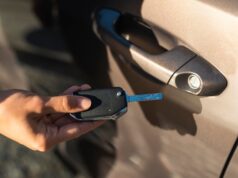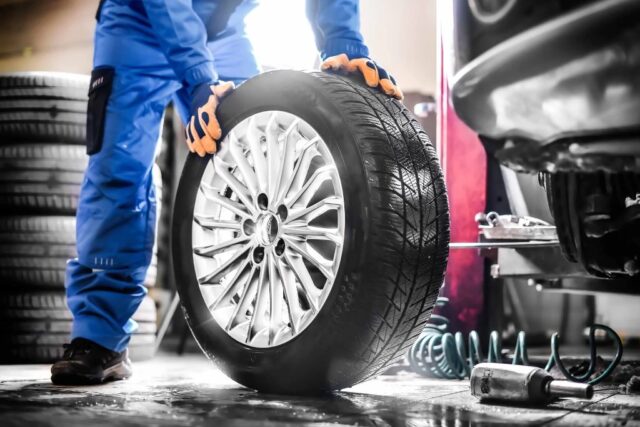
Keeping your tires in good shape is more than just about looks—it’s about safety, performance, and saving yourself a lot of trouble (and cash) down the road. Old or worn-out rubber can turn a quick trip to the grocery store into an unexpected adventure. Let’s break down the signs that scream it’s time for a swap.
Key Points
- Watch for tread wear that compromises grip.
- Uneven wear signals alignment or pressure issues.
- Cracks and bulges are red flags for replacement.
- Frequent air loss means trouble with durability.
- Age matters—older rubber breaks down regardless of wear.
1. Bald Rubber Is Bad News
Treads are like your sneakers’ grip on a slippery floor. If they’re worn down, you’ll slip—except, in this case, it’s your vehicle sliding on wet roads. The penny test is an old-school trick. Stick a penny head-down in the groove. If you can see the top of Lincoln’s head, it’s time for a change.
A practical solution could be searching for used winter tires near me to handle the colder months effectively.
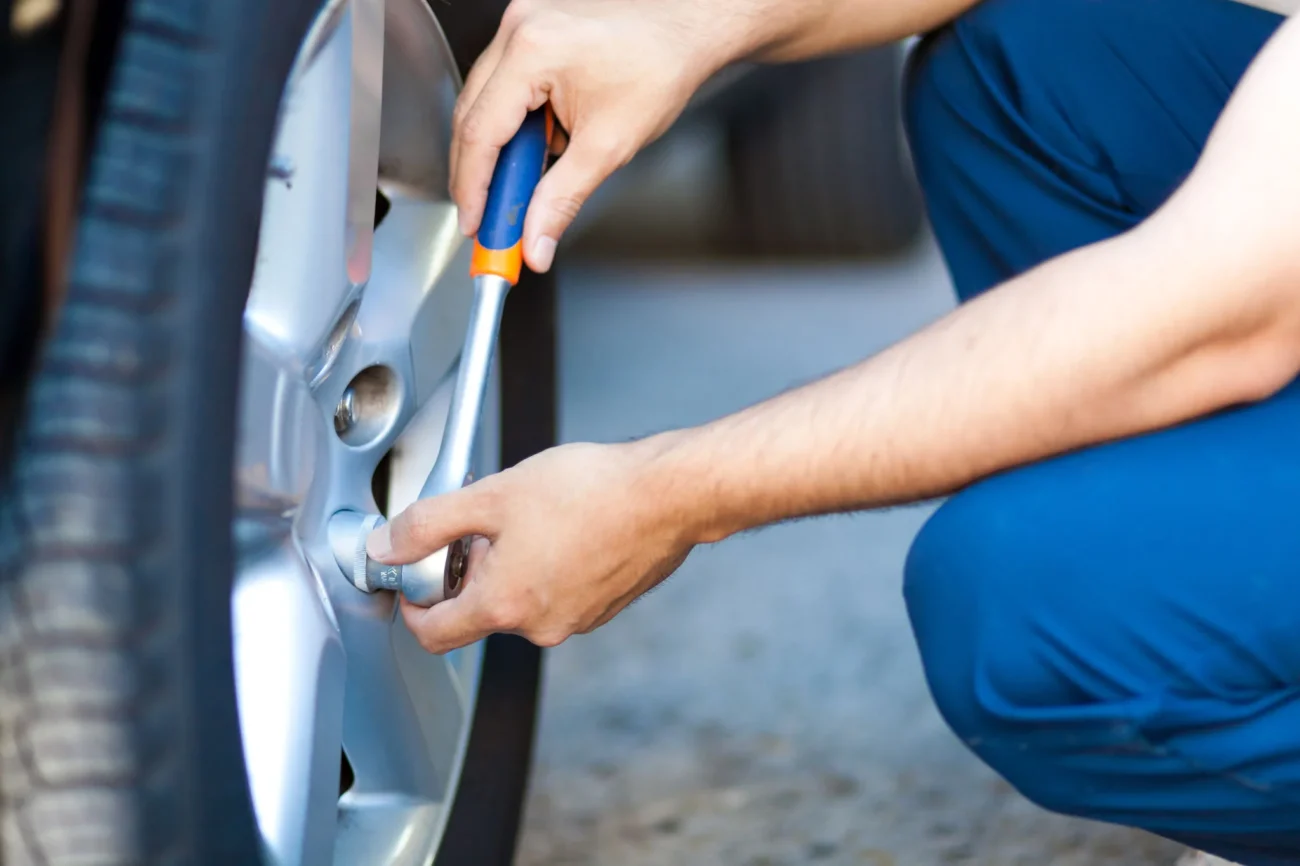
2. Uneven Wear 1─ It’s Not Just Annoying
Have you noticed one side of the tire looking more beat up than the other? Uneven wear is often a sign of alignment or suspension problems. Ignoring it doesn’t just wear out your tires faster; it messes with your ride’s handling.
Steps to address uneven wear:
- Check air pressure regularly.
- Rotate tires every 5,000–7,000 miles.
- Get an alignment check if wear patterns are unusual.
Taking these steps early can help stretch the lifespan of your rubber and keep your ride smooth.
3. Cracks and Bulges ─ Obvious, But Often Ignored
Cracks on the sidewalls or bulges that puff out are major safety hazards. These indicate that the structural integrity is compromised. A bulge means the internal frame is damaged, and a blowout could happen at any moment.
Replace the rubber as soon as you spot such issues. It’s not worth gambling with safety.
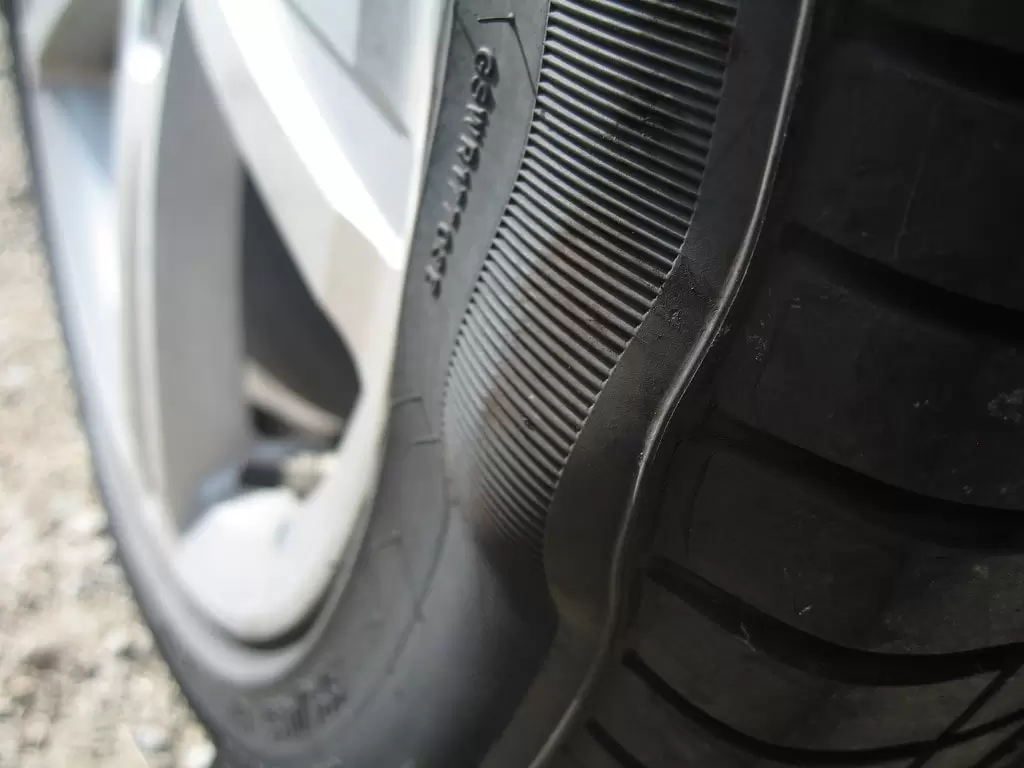
4. Frequent Air Loss ─ Stop Refilling, Start Replacing
Topping up air once in a while is normal. But if you find yourself visiting the pump too often, the problem might be more serious. A slow leak could be due to a nail, puncture, or simply the rubber’s age and wear.
Signs of air loss problems:
- Noticeable drops in pressure over a few days.
- Multiple trips to fill up in a short time.
- Sidewall punctures that can’t be patched.
5. Age Isn’t Just a Number
Even if your tires look fine, age can cause the material to degrade. Most manufacturers recommend replacement every six years, even if there’s little visible wear. Rubber hardens and loses elasticity, which reduces traction and increases the risk of cracks.
Quick tips for older rubber:
- Check the DOT code on the sidewall for the manufacturing date.
- Stick to the six-year rule for regular use.
- For rarely used vehicles, still replaced after ten years at most.
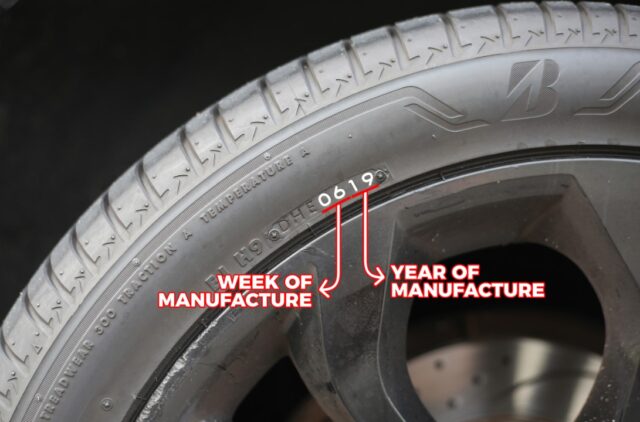
FAQs
Q: Can I replace just one wheel instead of all four?
A: It’s not ideal. Replacing all at once ensures consistent performance and traction. If you must, replace two at a time on the same axle.
Q: How do I know if my rubber is too old to use?
A: Look at the DOT code to find the manufacturing date. Replace after six years, even if the tread looks fine.
Q: Is it safe to buy used tires?
A: Yes, if you inspect for tread depth, sidewall condition, and overall wear. Stick to reputable sellers.
Q: Why does my car vibrate at high speeds?
A: This could be due to unbalanced tires, alignment issues, or uneven wear on the rubber.
Q: What’s the best way to maintain tires for a longer lifespan?
A: Regularly check pressure, rotate them often, and get alignments as needed. Don’t overload your vehicle, as that can accelerate wear.
Final Thoughts
Your tires are your lifeline on the road. Spotting signs of trouble early can save you from costly repairs or dangerous situations. Pay attention to the details—tread wear, age, and physical damage. Replacing them might seem like a hassle, but it’s far easier than dealing with the aftermath of neglect. Safe travels!

